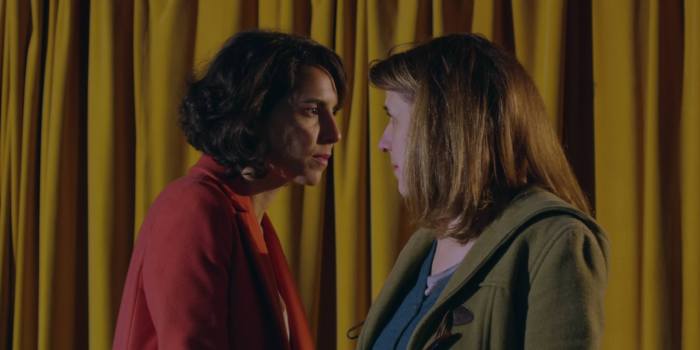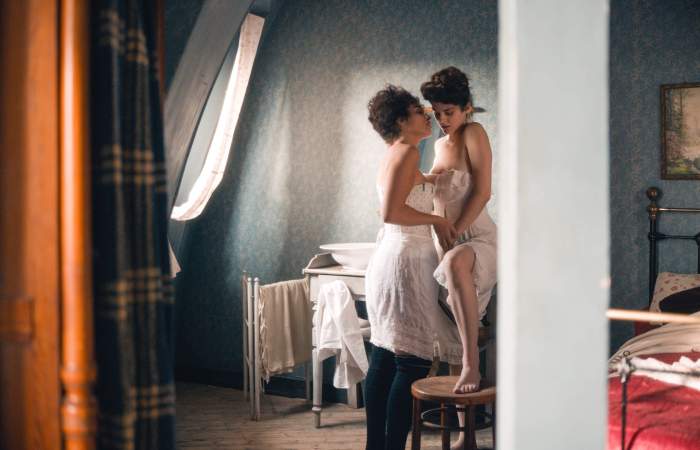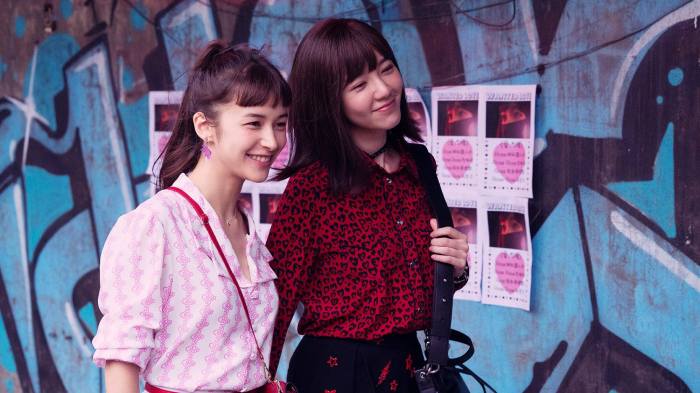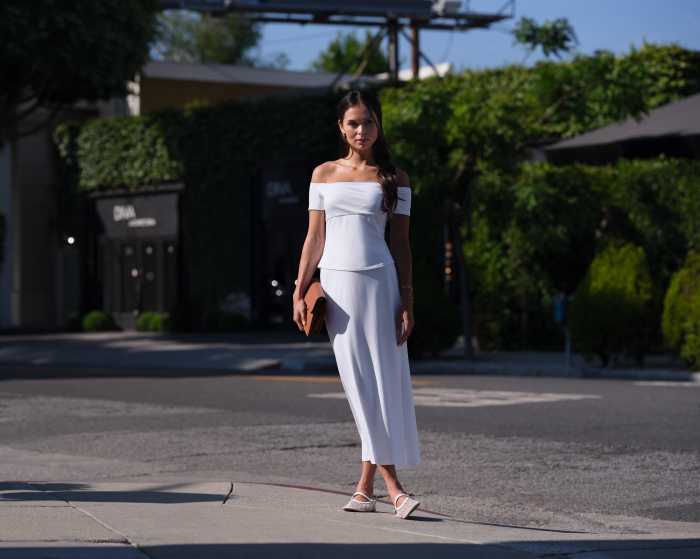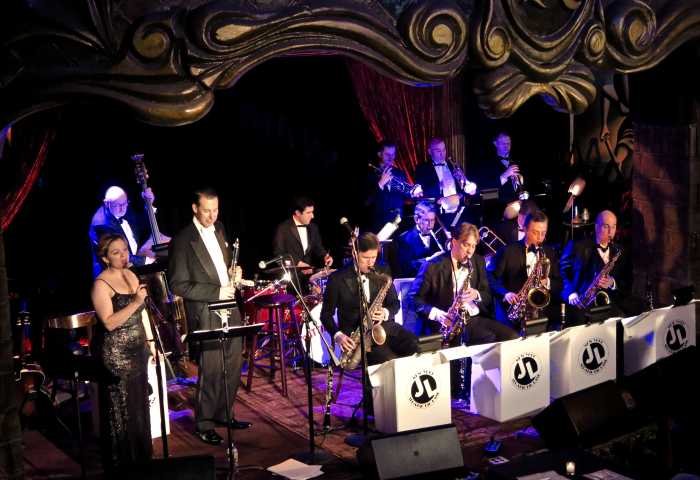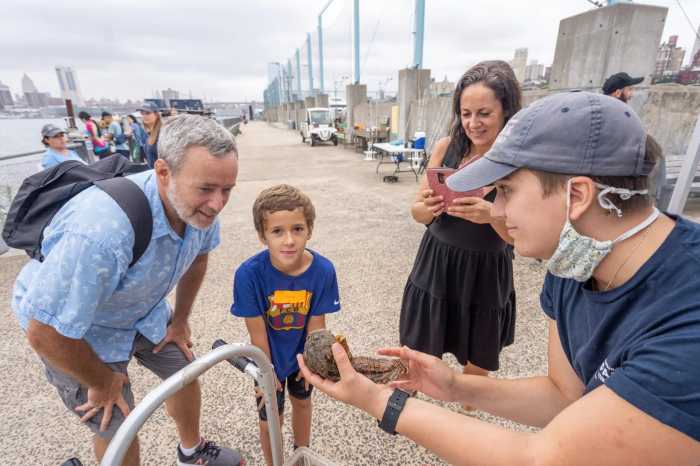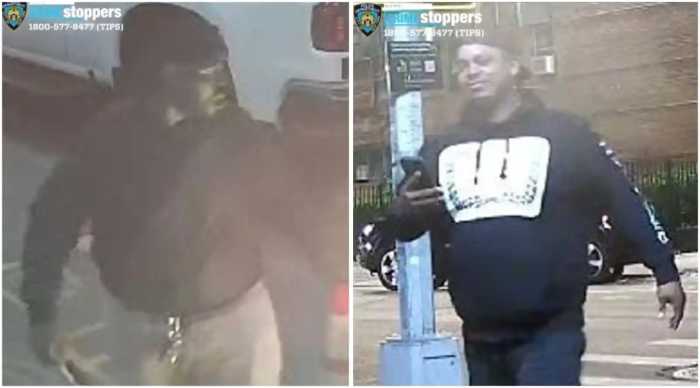The directorial debut of gay actor and singer Billy Porter, “Anything’s Possible” embraces a generation much younger than his own. It’s a romance about a teenage couple, set in Pittsburgh. But it takes place at a time when a girl can speak to the world on a YouTube channel without her mother being aware. If recent movies and TV shows about teens swing between YA-derived wholesomeness and shock value, “Anything’s Possible” goes for the former. It celebrates Black and trans joy, showing a life of possibilities for Kelsa (played by trans actor Eva Reign). Porter describes it as aspirational. Reign herself sees the film as confirmation that she can have a thriving acting career.
Kelsa begins the film with a YouTube video discussing her favorite animals. She dreams of making nature documentaries. A 17-year-old high school student, she lives with her mother after her parents’ divorce. She’s generally accepted at her school, hanging out with two best friends. Her classmate Khalid (Abubakr Ali) frequents a subreddit where people ask for relationship advice and receive it in video form. Growing attracted to Kelsa, he approaches her and the two begin dating. Their anxieties about college and the future of their relationship start to become an issue.
While Porter is cis, he felt a personal connection to the project because of its Pittsburgh setting, since he grew up there. The film was cast with many local actors, and it shows off locales like the city’s zoo and the Andy Warhol Museum. But “Anything’s Possible” feels overly distant from its characters. There has to be a better way to depict texts on screen than floating bubbles. The references to modern technology and online life feel forced, especially when Kelsa’s mother discovers her YouTube channel and taking away her computer as punishment for speaking so publicly about her personal life. Still, screenwriter Ximena Garcia Lecuona says the film was inspired by reading a Reddit post.
“Anything’s Possible” hints at something more creative in its construction of Kelsa and Khalid’s bedrooms. Both show off the color purple, used throughout as a symbol of their relationship and identities. The film’s production and costume design plays on blue and pink as markers of masculinity and femininity. Kelsa has turned her room into a set, especially from the limited perspective of her YouTube videos, but Khalid uses many similar touches in his.
Unfortunately, the most interesting elements of “Anything’s Possible” lurk in the background. The film is acutely aware of the rarity of affirmative narratives about Black trans girls and women, and quite self-conscious about it, emphasizing Kelsa’s supportive relationship with her mother. It doesn’t fully avoid the tension a couple like this might experience, as Khalid gets called gay for dating a trans girl, but it pushes it to the background as much as possible. But when “Anything’s Possible” does bring up transphobia, as when Kelsa faces false TERF accusations of barging into the girls’ locker room and assaulting someone, it seems obligatory, with dialogue resembling social media talking points. While minimizing the role of conflict its story, “Anything’s Possible” doesn’t eschew it altogether, and its increasing presence in its final half hour turns awkward.
Touching on anxiety about the precarity of middle-class life (especially for people of color) and the pressure on teenagers to attend college, “Anything’s Possible” is too eager to please to wholly explore these themes. For a film that tries so hard to be positive and upbeat, it never conveys those emotions in anything except its plotting. Its existence in the mainstream is welcome — at the moment, any celebration of the lives of trans teenagers is a political gesture — but the price of its optimism is remaining well-behaved.
“Anything’s Possible” | Directed by Billy Porter | Orion Pictures | Starts streaming on Amazon Prime July 22nd



